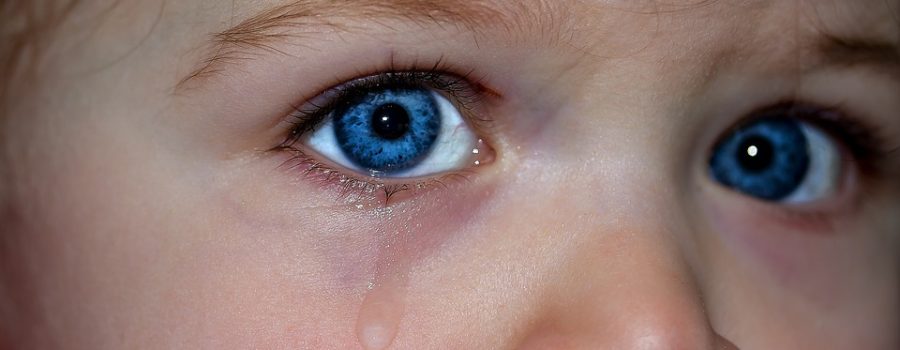What Causes Crossed Eyes?
Strabismus, also referred to as “crossed eyes” or “wandering eyes”, occurs quite often. It can be recognized as the disorder that makes one eye correctly focus and look around, while the other remains turned outward, inward, or at some other incorrect angle. The American Association for Pediatric Ophthalmology and Strabismus says that 4% of Americans have crossed eyes or other types of Strabismus. Strabismus generally develops when a person is young, and that’s when it’s most easy to correct.
At Washington Vision Therapy Center we know this disorder well, and we love helping educate people on their different treatment options. In this article we’ll discuss the main factors that contribute to the disorder, and what you can do to help yourself or your child overcome it.
Causes
A number of different sources lead to Strabismus. Generally speaking, it occurs when the eyes don’t properly line up. Malfunctioning nerves or muscles do not function in coordination. This misalignment causes double vision which the developing brain does not like. If the misalignment is bad enough, the brain learns to suppress (turn one eye off) and just use the other eye. If the misalignment is minor and intermittent, the brain typically can compensate, though this often tends to cause blurriness, eye strain, and other symptoms of visual discomfort.
How can you fix “crossed eyes”?
Surgery and vision therapy are the two most common treatments. As with physical therapy, often surgery can be avoided with therapy. However, if vision therapy is unsuccessful at fully straightening the eyes, surgery is recommended. Then, after the surgery, again like physical therapy, the patient returns for more vision therapy. Unfortunately, without vision therapy, in 50% of strabismus surgeries, the patient will need an additional surgery to gain alignment, so it is important that vision therapy is a part of any treatment plan. Working with strabismus surgeons, we have a very high rate of success with strabismus.
Sometimes patients are told that once their child reaches a certain age, Strabismus cannot be treated. Strabismus may be more difficult to treat at an older age, but we have found success with patients well into adulthood.
If you or someone you love suffers from having crossed eyes, we encourage you to make an appointment with us! We love our patients, and we want to help you as much as we possibly can. We’re confident in our ability to help you solve Strabismus and other visual conditions you may be tired of dealing with. Call today!




